#jane boleyn viscountess rochford
Text
JANE BOLEYN
JANE BOLEYN
Jane Boleyn, Viscountess Rochford
c.1505-1542
Jane Boleyn was born in Norfolk into a wealthy political family. Jane was sent to the royal court as a teenager to join the household of Queen Catherine of Aragon, the wife of King Henry VIII of England. She accompanied the royal party to France in 1520 for the Field of Cloth of Gold.
Jane was considered attractive but we have no known images of her. She was one of the lead actresses and dancers in the 1552 court masquerade which included Anne Boleyn and Mary Boleyn. In 1524, Jane married George Boleyn (Anne Boleyn’s brother) and became Lady Rochford. George was described as attractive, talented and promiscuous. He has been portrayed in modern times as homosexual, but there is no evidence to support this. King Henry VIII gave the couple Grimston Manor, Norfolk for a wedding gift.
King Henry VIII fell in love with Anne Boleyn and the family had gained more influence and wealth which Jane also benefited from. Henry married Anne in 1533 and Jane and George were given Palace of Beaulieu as their chief residence which they decorated; they eventually sold it to the king who refurbished and expanded it.
Anne Boleyn fell out of favour because she didn’t give Henry VIII his much desired son. Jane was married to George for eleven years when he was arrested in 1536 for treason after being accused of having sex with his sister the queen and he was imprisoned in the Tower of London. George was beheaded on Tower Hill in 1536 and Anne Boleyn was executed two days later. After her husband was executed, Jane was absent from court for several months but returned to attend to Henry VIII’s new wife, Jane Seymour. Boleyn lived in the palace and had her own servants.
Jane Seymour died in 1537 and Henry VIII remarried Anne of Cleves for political reasons. In 1540, Anne of Cleves confided to Jane that she never had sex with the king and Jane learned that Anne of Cleves was naïve when it came to sexual intimacy. Henry VIII wasn’t attracted to Cleves and had his marriage with her annulled so he could marry her lady-in-waiting, the teenager, Catherine Howard.
Boleyn became the lady-in-waiting to Catherine Howard, Howard wasn’t a virgin when she married the king and started a relationship with Henry VIII’s friend and courtier, Thomas Culpeper. Boleyn was implicated in the couples’ affair as she was helping them to meet up in secret. The affair was discovered and Howard was arrested and Jane was interrogated. Jane suffered a nervous breakdown and in 1542 was pronounced insane. In 1542, mentally ill people were considered too unfit to stand trial, and nobody knew whether Janes ‘fits of frenzy’ was genuine or it was just her attempt to escape prosecution. Henry VIII was determined to have her punished, and changed the law which allowed the insane to be executed. She was found guilty for her involvement and was condemened to death.
Jane was executed on 13 February 1542, the same day as Catherine Howard. Howard was executed first, Jane was then escorted from her lodgings to the scaffold. On the scaffold she spoke and apologised for her many sins and then kneeled down. Boleyn was beheaded from a single blow of the axe. She was buried in the church of St Peter ad Vincula within the Tower of London, alongside the bodies of Catherine Howard, Anne Boleyn and George Boleyn.
Over 300 years later in 1876, Queen Victoria had renovations done to the church and Jane Boleyn and the other victims’ bodies was rediscovered. The Queen had the bodies exhumed and placed in individual coffins and had a plaque with their names affixed to each coffin and were given a proper reburial underneath the alter.

#janeboleyn #janeboleynviscountessrochford #ladyrochford #georgeboleyn
0 notes
Text
“As was usual, the queen’s women frequently encountered the gentlemen of the king’s privy chamber in the course of their duties. Equally naturally, flirtations sprang up, ran their short course and died as regularly as the waxing and waning of the moon. Among the king’s gentlemen in the winter of 1539 was Thomas Culpeper, much in favour with the king. Culpeper was the kind of man who enjoyed useful connections and pretty women, and among the queen’s maids of honour he had both. Katherine and Culpeper had got along well. But Katherine was not a stranger to flirtation, and apparently held firm against him: there would be nothing else unless he promised her something more concrete. This was not part of Culpeper’s plan, and he turned instead to other women. Katherine, unused to rejection, was shocked, sad and no doubt had to watch these other relationships blossom in front of her. ‘Her grief was such’, she later told him, ‘that she could not but weep in the presence of her fellows’, the other girls. But soon the king himself made his interest clear and it was not long before she was elevated above her wildest dreams, and far above Thomas Culpeper.
Queen Katherine chose to make him smart for his earlier rejection. One of his new conquests was Bess Harvey. Bess had previously served Queen Anne Boleyn, and had been among the group of women who had been to view the king’s ships at Portsmouth in August 1539. At some stage in the spring or summer of 1541, Queen Katherine gave Bess a gown of damask and sent Jane, Viscountess Rochford to Culpeper with a pointed message: ‘he did ill to suffer his tenement’ – Bess – ‘to be so ill-repaired’ and so Katherine ‘for to save his honesty’ had covered the cost on it. It was a bold and relatable, if petty, triumph and says much about Queen Katherine’s personality. We don’t know precisely when Katherine played this card, but at some stage after she became queen Katherine and Culpeper reconnected. Of itself this wasn’t necessarily a problem. Queens naturally encountered men who were not the king. They had to work with them: the queen’s council, over half of her household and the entirety of the king’s were men. To interact with men for the sake of politics, patronage and even friendship was normal, but Queen Anne Boleyn’s execution five years previously had shown that such relationships might be all too easily, even wilfully, misinterpreted.”
— Nicola Clark, The Waiting Game
7 notes
·
View notes
Note
If someone came to you tomorrow and said we need you to make a movie or TV series about Anne Boleyn who would you cast (for Anne or for any other characters you would include)?
I would need a time machine for some of them (unless we were doing a series about her through flashbacks of those who survived her...could be great, actually), such as:
Sarah Foret as Mary (Howard) Fitzroy, Duchess of Richmond:
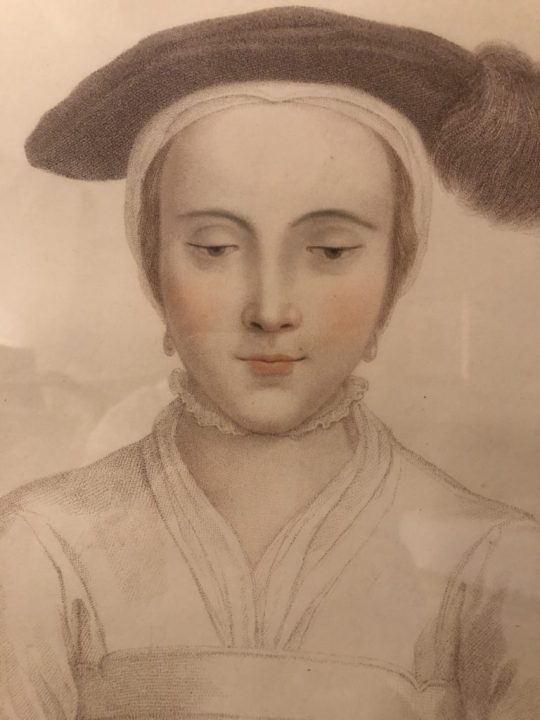
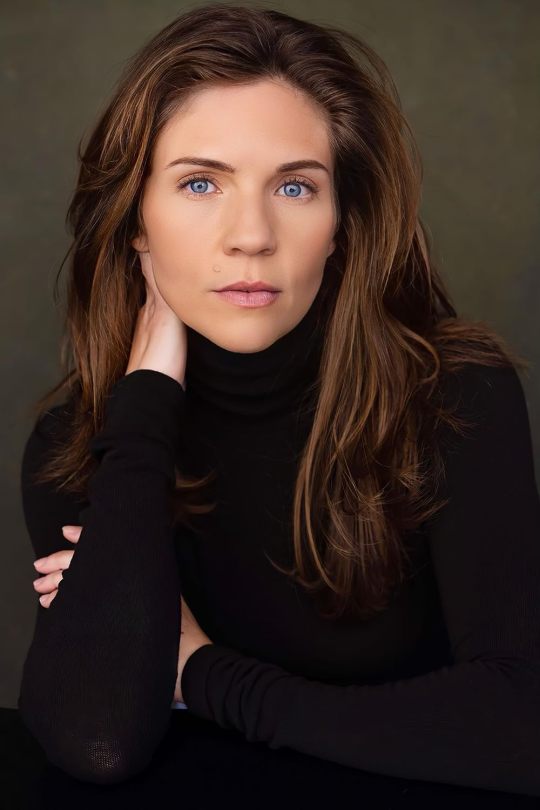
The above would be like, her in the 1550s? Sarah Foret circa 2004 is truly how I envision Mary in the 1530s tho:

(Left)
Ok, good a starting point as any, let's go with the rest of the relevant Howards:
Lotte Verbeek or Caitronia Balfe as Elizabeth (Howard) Boleyn, Countess of Wiltshire (these would be perfect if we began around 1520), Natasha McElhone for late 1530s

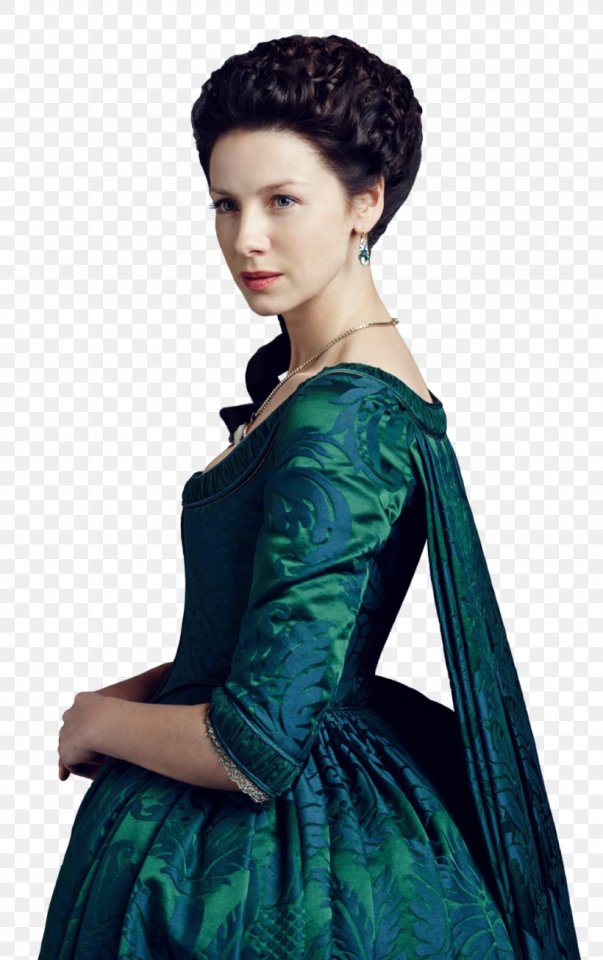
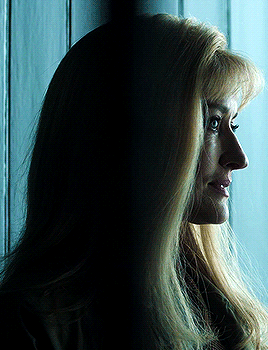
Colm Meaney as Thomas Howard, 2nd Duke of Norfolk:

Jeremy Irons as Thomas Howard, 3rd Duke of Norfolk (1540s...for earlier I can't think of who has the right juice to pull this role off, maybe Pablo Schreiber?):

Now, onto the Boleyns,
Either Aidan Turner or Ben Barnes as Thomas Boleyn, Earl of Wiltshire (again, circa 1520, they are actually the right age for this, had to remind myself of this, too), Tobias Menzies for late 1530s

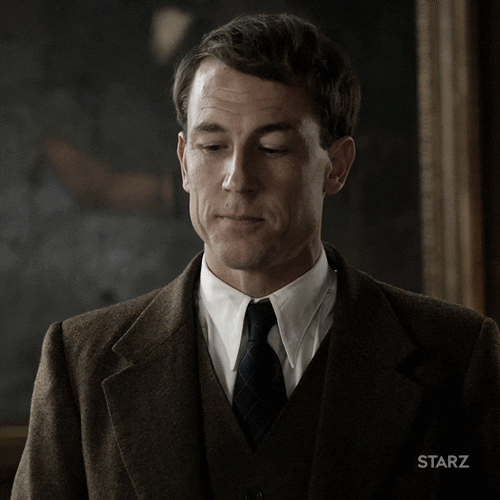
Theo James (this is cheating, unless I'm casting an AU where the Boleyns rise and do not fall 1536-, aha...unless?, but I know he can convicingly play a wide array of ages from Time Traveler's Wife) or Leo Suter (more accurately aged) for George Boleyn, Viscount Rochford, or somewhere in between, Jonathan Bailey:

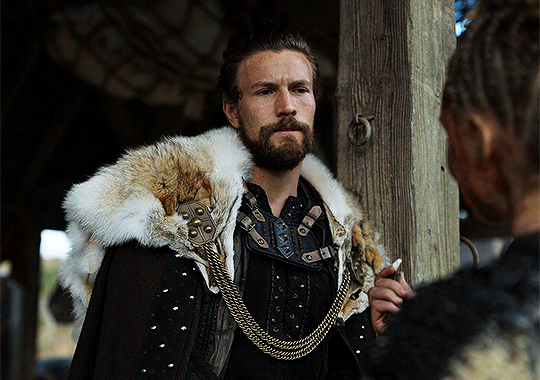

For Mary Boleyn, I'm going to shortcut again and go with a previous documentary casting, Elizabeth McCafferty (I loved Lois Brabin's acting but it's really clear the casting department wanted to play on the 'contrast' btwn sisters for BSR, the one confirmed portrait we have of Mary suggests that she was actually brunette with amber eyes, not the ScarJo typecast that has had such staying power):


For Jane (Parker) Boleyn, Viscountess Rochford, I would cast Morfydd Clark:

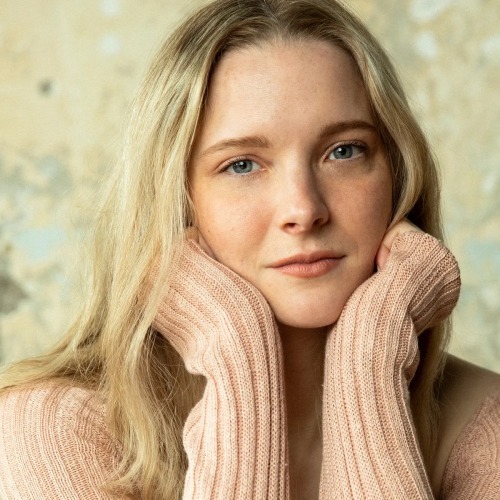
Phoning in the Henry&Anne, I'm going to stay with the casting of the newest Borman documentary short (I simply love it, so),
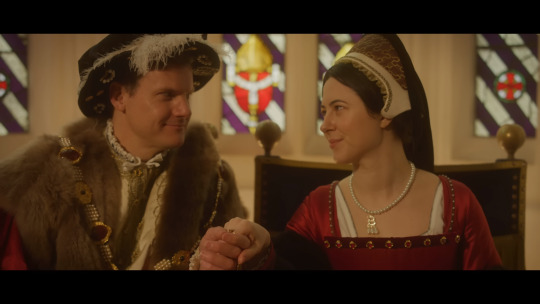
But I'm going to try my hand at Henry VIII circa 1540s and cast Eric Keenleyside:


I've stayed in the familial but I'm also going to play my ace of casting Sarah Pidgeon as Margaret Wyatt (hopefully BSR has broken the mold and in the future we're going to get the full cast of AB's confidantes and friends, among them:

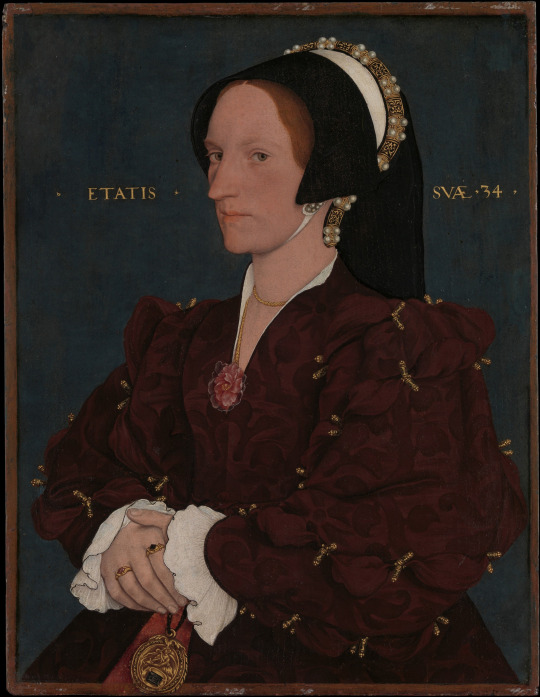
15 notes
·
View notes
Text
Sophie Boettge
In the Source Link, you will find a complete gif pack of Sophie Boettge in Blood, Sex and Royalty. Sophie played the role of Jane Boleyn.
Jane Boleyn was born as Jane Parker, she was by birth, the second cousin of King Henry VIII and became the sister-in-law of Henry’s second wife Anne Boleyn when Jane married Anne’s only brother George Boleyn. She was known as Viscountess Rochford or Lady Rochford, she later became a lady-in-waiting to Jane Seymour, before the same position to Anne of Cleves. She testified that Anne had confided in her that she and Henry had not consummated their marriage, which allowed Henry to annul his marriage to Anne of Cleves and marry Catherine Howard.
Jane maintained her position as lady-in-waiting to the new queen. Jane was arrested along with many people and the Queen after rumours about her past surfaced. Suffering from a nervous breakdown to months of mental abuse from the interrogations, she was legally pronounced insane and unfit for trial. However, Henry manipulated the law so that the legally insane may be executed for high treason, as such, Jane along with Queen Catherine were charged with high treason and sentenced to die on February 13th 1542. Jane appeared calm and serene before the end.


Source - FabledEnigma
#sophie boettge#sophie boettge gif#blood sex & royalty#the boleyn family#jane boleyn#jane boleyn gif
2 notes
·
View notes
Text
In the Source Link, you will find a complete gif pack of Sophie Boettge in Blood, Sex and Royalty. Sophie played the role of Jane Boleyn.
Jane Boleyn was born as Jane Parker, she was by birth, the second cousin of King Henry VIII and became the sister-in-law of Henry's second wife Anne Boleyn when Jane married Anne's only brother George Boleyn. She was known as Viscountess Rochford or Lady Rochford, she later became a lady-in-waiting to Jane Seymour, before the same position to Anne of Cleves. She testified that Anne had confided in her that she and Henry had not consummated their marriage, which allowed Henry to annul his marriage to Anne of Cleves and marry Catherine Howard.
Jane maintained her position as lady-in-waiting to the new queen. Jane was arrested along with many people and the Queen after rumours about her past surfaced. Suffering from a nervous breakdown to months of mental abuse from the interrogations, she was legally pronounced insane and unfit for trial. However, Henry manipulated the law so that the legally insane may be executed for high treason, as such, Jane along with Queen Catherine were charged with high treason and sentenced to die on February 13th 1542. Jane appeared calm and serene before the end.


Source - FabledEnigma
#sophie boettge#sophie boettge gif#sophie boettge gifs#sophie boettge gif pack#sophie boettge gif set#jane boleyn#jane boleyn gif#jane boleyn gifs#jane boleyn gif pack#jane boleyn gif set#blood sex&royalty#boleyn family#boleyn gifs#george boleyn gifs#tudor period#the tudor dynasty#tudor#lady rochford#lady rochford gif#lady rochford gifs#viscountess rochford
2 notes
·
View notes
Text
I headcanon Jane Boleyn to be a scheming bitch but like working with the Boleyns not against them
4 notes
·
View notes
Text
If i was to write a six fanfic would yall rather read an angsty Anne and Rocky reunion(i mean like rocky techincally is a little blamed in history for annes beheading) or a fluffy the other queens finding out about parrward
#i just have jane boleyn anne boleyn feels#i mean dont judge me#jane boleyn#viscountess rochford#parrward#cathy parr#anne boleyn#katherine howard#beheaded cousins#i have an idea for angst and for fluff
13 notes
·
View notes
Photo


ANNA BREWSTER as JANE BOLEYN, VISCOUNTESS ROCHFORD
ANNE BOLEYN (2021)
#perioddramaedit#periodedit#perioddramasource#tudoredit#anneboleyn2021edit#jane boleyn#jane parker#anna brewster#show: anne boleyn (2021)#reign: henry viii#ours#*gifs#sky
251 notes
·
View notes
Photo

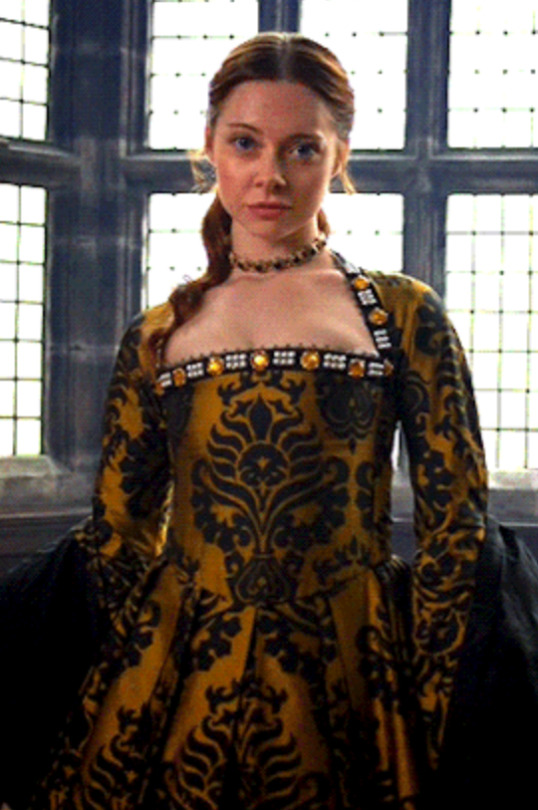
This yellow Tudor style gown was designed by Sandy Powell for Juno Temple to wear as Jane Boleyn, Viscountess Rochford in the 2008 production of The Other Boleyn Girl. The costume was spotted again on Elena Valentine as Katherine Howard in the 2016 documentary Henry VIII and His Six Wives.
Costume Credit: KathrynHoward, Katie S.
E-mail Submissions: [email protected]
Follow: Website | Twitter | Facebook | Pinterest
#Juno temple#the other boleyn girl#elena valentine#henry VIII and his six wives#costume drama#period drama
478 notes
·
View notes
Photo


JESSICA RAINE as JANE BOLEYN, VISCOUNTESS ROCHFORD
WOLF HALL (2015)
#perioddramaedit#tudoredit#wolfhalledit#jane boleyn#jane parker#jessicaraineedit#jessica raine#wolf hall#periodedit#*mine
166 notes
·
View notes
Text
Who is ... Jane Boleyn, Lady Rochford?
Who is … Jane Boleyn, Lady Rochford?

Name: Jane Parker / Jane Boleyn
Title/s: Lady Rochford / Viscountess Rochford
Birth: c.1505
Death: 13 February 1542 at the Tower of London
Burial: Chapel of St Peter ad Vincula, Tower of London
Spouse: George Boleyn, Lord Rochford c.1503-1536
Children: None
Parents: George Parker, Lord Morley (c.1476-1556) & Alice St John (c.1484-1552)
Siblings:Henry Parker (c.1513-1553) &…
View On WordPress
#Alison Weir#boleyn#Emily Purdy#George Boleyn#Hilary Mantel#Jane#Jane Boleyn#jane parker#Jessica Raine#Joanne King#Julia Fox#Kelly Hunter#lady rochford#Leanda de Lisle#Philippa Gregory#profile#rochford#Sheila Burrell#Tower of London#viscountess rochford#who is
0 notes
Text
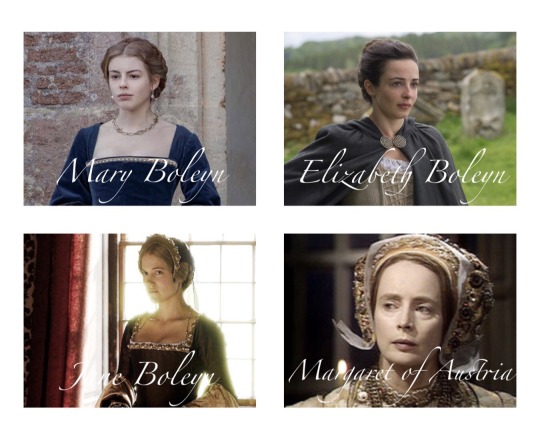
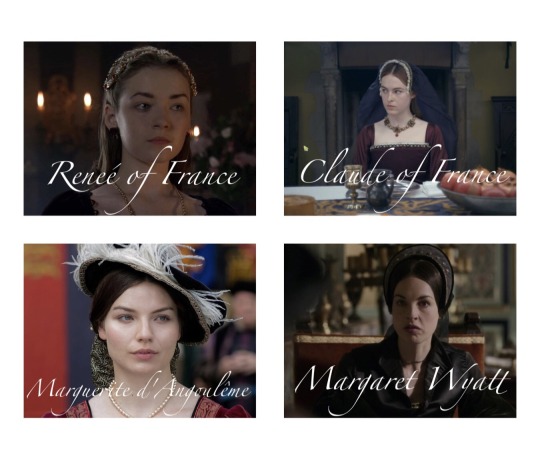



The Female Friends and Ladies-in-Waiting of Anne Boleyn
Elizabeth (Howard) Boleyn, Countess of Wiltshire — Elizabeth was Anne’s mother. Elizabeth acted as chaperone during her daughter’s courtship with Henry VIII and supported the relationship wholeheartedly. It’s thought that Elizabeth was the owner of the embroidery depicting a falcon ripping apart a pomegranate—the falcon being her daughter’s badge and the pomegranate being the badge of Catherine of Aragon.
Mary Boleyn — Mary was Anne’s older sister. Mary also served as one of her sister’s ladies-in-waiting until her secret marriage to William Stanford in 1534. Mary and her sister were very close and in a letter written to Thomas Cromwell after her banishment from court, Mary lamented that she would miss her sister the most of all her family.
Jane (Parker) Boleyn, Viscountess Rochford — Jane was Anne’s sister-in-law through her marriage to George Boleyn. Jane served as one of Anne’s ladies-in-waiting during her Queenship and possibly even before. It’s believed that Jane testified against Anne and George in 1536 but there is no evidence to support this. Jane would eventually be executed alongside Katheryn Howard in 1542.
Margaret of Austria, Duchess of Savoy — Margaret was regent of the Netherlands from 1507-1515 and again from 1519-1530. Anne lived at Margaret’s court from 1513-1514. Very little is known about their relationship except that Margaret seemed to be very fond of the young Anne and was very upset when Anne left Margaret’s court to go to France.
Claude, Queen of France — Claude was the first wife of King Francis I and served as Queen consort of France from 1515-1524. Very little is known about Claude and Anne’s relationship although it seems Claude was very fond of Anne. Anne was the only English lady chosen to stay on as a lady to Claude rather than return to England with Mary Tudor. And when Anne was summoned back to England in 1522, Claude was so upset by this that Francis I found out and believed this was a symbolic gesture of England withdrawing its friendship from France.
Reneé of France — Reneé was Claude’s younger sister and often spent time with her at court. Later in life, Reneé remembered Anne with affection and when she was considered as a bride for Henry VIII after the death of Jane Seymour, she rejected the offer, not wanting to marry the man who had executed her childhood friend.
Marguerite d'Angoulême — Marguerite was the sister of Francis I and a very influential figure at his court. Although Marguerite never officially converted to Protestantism, she was sympathetic with the movement and it was possibly through her influence that a young Anne was introduced to the Reformist movement. Even though Anne was technically a lady to Claude, she and Marguerite still managed to become close friends. When Anne and Henry VIII traveled to France in 1532, Marguerite did not attend, however it’s been speculated that she was kept away deliberately by her brother. Francis who possibly knew of Marguerite’s friendship with Anne and didn’t want to appear to be too supportive of Henry and Anne’s marriage as he was also trying to arrange a marriage between his son Henry (future Henry II) and Catherine de Medici—the Pope’s niece. Later, in 1534, Anne wrote to Marguerite that her “greatest wish, next to having a son, is to see you again.”
Margaret (Wyatt) Lee — Margaret was possibly one of Anne’s oldest and closest friends. The Wyatts and Boleyns were neighbors, only living a few miles apart from each other. Margaret began serving Anne as a lady-in-waiting even before she became Queen. She accompanied Anne to France in 1532 and served as Anne’s Mistress of the Wardrobe, making her the chief lady and a part of Anne’s inner circle. Margaret continued to serve Anne throughout her entire Queenship and it’s speculated Margaret might have been on the scaffold with Anne. Margaret also served as chief mourner at Anne’s small funeral.
Bridget (Wiltshire) Wingfield — Just like Margaret Wyatt, Bridget was possibly one of Anne’s oldest friends. She also lived not far from Anne’s home at Hever Castle. Bridget was married to Richard Wingfield, widower of Katherine Woodville (sister of Elizabeth Woodville). She served Anne as a lady-in-waiting before and during her Queenship, although the two had a falling out in 1533 when Bridget married a man that Anne didn’t approve of. Unfortunately, Bridget died in childbirth in 1534 and it’s unknown if she and Anne reconciled before her death.
Margaret “Madge” and Mary Shelton — Margaret and Mary were Anne’s first cousins, the daughters of Anne (Boleyn) Shelton, the older sister of Thomas Boleyn. Both girls served as ladies-in-waiting to Anne while she was Queen. One of them also had a brief affair with Henry VIII in 1535, although it’s not known for sure which sister it was. Madge was also courted by Henry Norris and it was because of his frequent visits to Anne’s chambers under the pretense of courting Madge that he was suspected of being one of Anne’s lovers and ultimately executed.
Anne “Nan” Gainsford, Lady Zouche — Nan was one of Anne’s ladies-in-waiting, possibly entering her service almost immediately after Anne’s engagement to Henry VIII in 1527. Anne and Nan quickly became friends and, in 1528, Anne lent Nan her copy of William Tyndale’s “The Obedience of a Christian Man”. The book was taken by her betrothed, George Zouche, and was thereafter confiscated by Cardinal Wolsey. After the book was returned to Anne, she gave it to Henry to read which is what possibly inspired him to break with the Catholic Church. After Anne’s death, Nan went on to serve Jane Seymour before she retired from court after Jane’s death. At some point, Nan encountered George Wyatt, grandson of Thomas Wyatt, and told him stories of her time serving Anne Boleyn which George then compiled into a biography of Anne.
Elizabeth (Browne) Somerset, Countess of Worcester — Elizabeth was a lady-in-waiting who probably entered Anne’s service sometime before 1530. When Elizabeth was about to give birth in 1530, Anne paid for her midwife. Elizabeth also once borrowed £100 from Anne; and in the summer of 1536, shortly after Anne’s execution, Elizabeth gave birth to a daughter named Anne after the late Queen.
Anne Savage, Baroness Berkeley —Anne served as a lady-in-waiting to Queen Anne and was one of only four or five witnesses to Anne Boleyn’s secret marriage to Henry VIII on 25 January 1533.
Margaret Douglas — Margaret was the daughter of Margaret Tudor, Queen of Scotland and niece-in-law to Anne Boleyn. She was taken into Anne’s household in 1533 where she served as a lady-in-waiting until Anne’s death.
Elizabeth “Bess” Holland — Elizabeth served as a lady-in-waiting to Anne Boleyn and was also the mistress of Anne’s uncle, Thomas Howard, 3rd Duke of Norfolk
Honor Grenville, Viscountess Lisle — Honor only served Anne briefly during her and Henry’s visit to France in 1532 before moving permanently to Calais with her second husband, Viscount Lisle. However, she stayed in contact with Anne and would send her gifts—in fact, it was through Honor that Anne acquired her beloved dog Purkoy.
Anne Parr — Anne began serving Queen Anne in 1533. It was through Queen Anne’s influence that the young Anne would become an evangelical and avid reformer. Interestingly, Anne would eventually hold a similar title to her former mistress when she married William Herbert, Earl of Pembroke, making her the Countess of Pembroke. Anne’s older sister, Kathryn, would later go on to become Henry VIII’s sixth wife.
Mary (Scrope) Kingston — Mary was the wife of Sir William Kingston who was the Constable of the Tower. Mary served as a lady to Anne during the Queen’s imprisonment and it was her job to report all of the Queen’s words and actions to her husband. It’s also said that the other ladies weren’t allowed to speak to the Queen unless Mary was present.
Jane (Guildford) Dudley, Duchess of Northumberland — Jane was one of Queen Anne’s ladies-in-waiting. She was also the mother of Robert Dudley, the future favorite of Anne’s daughter Elizabeth I.
Jane Seymour — Jane Seymour served as a lady to Queen Anne Boleyn from 1533-1536. After Anne’s death, she would become Henry VIII’s third wife and mother of his son, Edward VI. Jane’s sister, Elizabeth, also served as a lady alongside her.
#anne boleyn#elizabeth howard#elizabeth boleyn#mary boleyn#jane parker#jane boleyn#jane rochford#margaret of austria#claude of france#renee of france#marguerite of navarre#margaret wyatt#margaret lee#bridget wiltshire#bridget wingfield#margaret shelton#madge shelton#mary shelton#anne gainsford#nan gainsford#elizabeth browne#elizabeth somerset#anne savage#margaret douglas#elizabeth holland#bess holland#honor grenville#anne parr#mary kingston#jane dudley
82 notes
·
View notes
Text
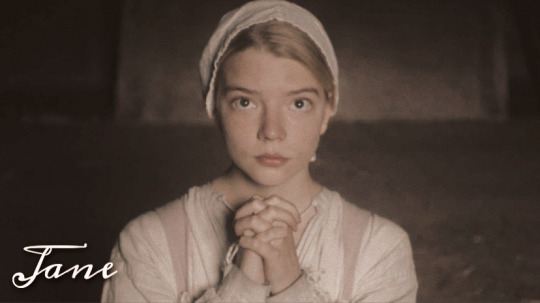


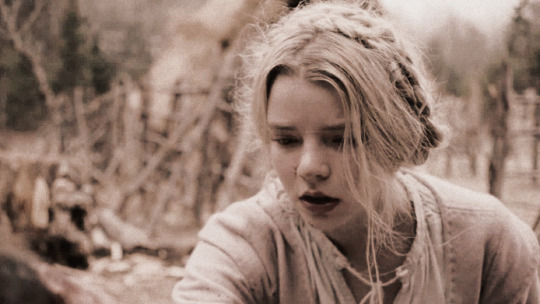




Jane Boleyn, Viscountess Rochford
“When [Princess] Mary had left Greenwich to go to Eltham, a great many women, in spite of their husbands, had flocked to see her pass, and had cheered her, calling out, that notwithstanding all laws to the contrary, she was still their princess. Several of them, being of higher rank than the rest, had been sent to the Tower. On the margin of that report … we find (written by Dinteville himself): ‘Note, my Lord Rochford …’ The ambassador clearly meant that Lady Rochford … was among those who had cheered Mary.” - Paul Friedmann, Anne Boleyn: A Chapter of English History.
111 notes
·
View notes
Text
ANNA BREWSTER GIF PACK**
message me to find 60 gifs of anna brewster as jane boleyn, viscountess rochford in anne boleyn (2021). all gifs were made by me- you may edit them, however permission and credit is required for redistributing. full rules, ko-fi,& commission information in pinned post. please like/reblog if using
tw: drinking

#anna brewster gif pack#anna brewster gif hunt#period fc#rph#gif pack#gif hunt#period resource#mine: gif pack#mine: med gifs
27 notes
·
View notes
Text
Jhon Lumsden
In the Source Link, you will find a complete gif pack of Jhon Lumsden in Blood, Sex and Royalty. Jhon plays the role of George Boleyn, Viscount Rochford, the brother of Anne and Mary Boleyn.
George Boleyn was married to Lady Jane Boleyn, Viscountess Rochford, also known as Lady Rochford. George was said to have as many as his sister Anne's talents and all of her pride. He was executed along with many other men, after being found guilty of an incestuous affair with his sister Anne and plotting to kill the King. His original sentence was that he was to be hanged, drowned and quartered, which was later changed to beheading. He gave a long passionate speech before being beheaded on Tower Hill, on the 17th May 1536.


Source - FabledEnigma
0 notes
Text
In the Source Link, you will find a complete gif pack of Jhon Lumsden in Blood, Sex and Royalty. Jhon plays the role of George Boleyn, Viscount Rochford, the brother of Anne and Mary Boleyn.
George Boleyn was married to Lady Jane Boleyn, Viscountess Rochford, also known as Lady Rochford. George was said to have as many as his sister Anne's talents and all of her pride.
He was executed along with many other men, after being found guilty of an incestuous affair with his sister Anne and plotting to kill the King.
His original sentence was that he was to be hanged, drowned and quartered, which was later changed to beheading. He gave a long passionate speech before being beheaded on Tower Hill, on the 17th May 1536.

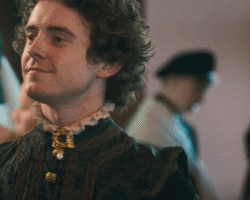
Source - FabledEnigma
#jhon lumsden#jhon lumsden gif#jhon lumsden gifs#jhon lumsden gif pack#jhon lumsden gif set#george boleyn#george boleyn gif#george boleyn gifs#george boleyn gif pack#george boleyn gif set#viscount rochford#the boleyn family#my gifs#gifs#gif#gifs by me#my gifset#gifsets#gifset#fabledenigma#creator fabledenigma#blood sex&royalty gif pack#blood sex&royalty gif set#blood sex&royalty#blood sex&royalty gif#blood sex and royalty#blood sex&royalty gifs
0 notes